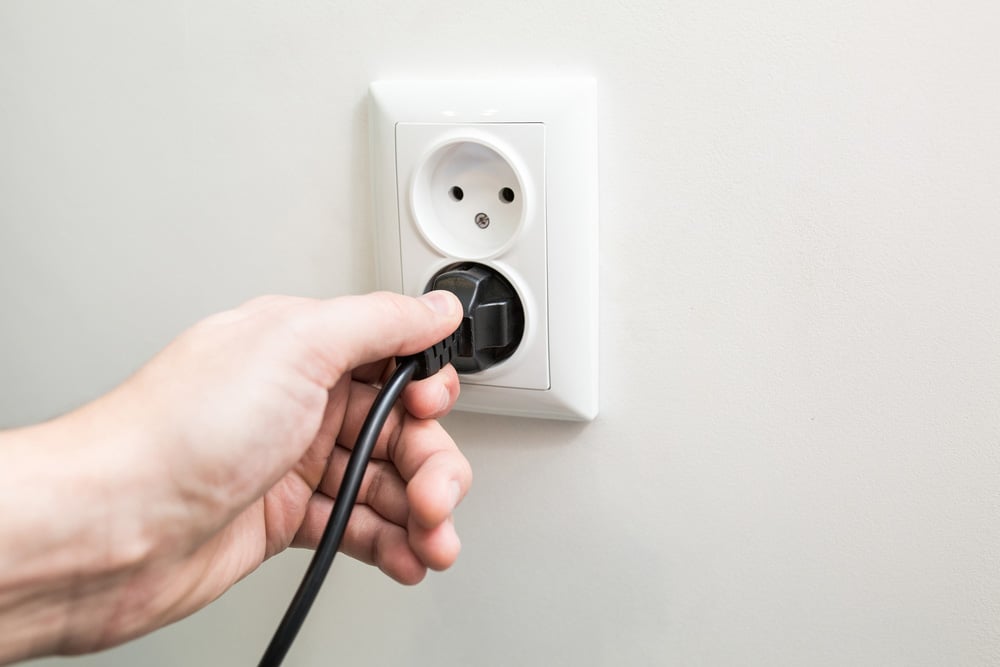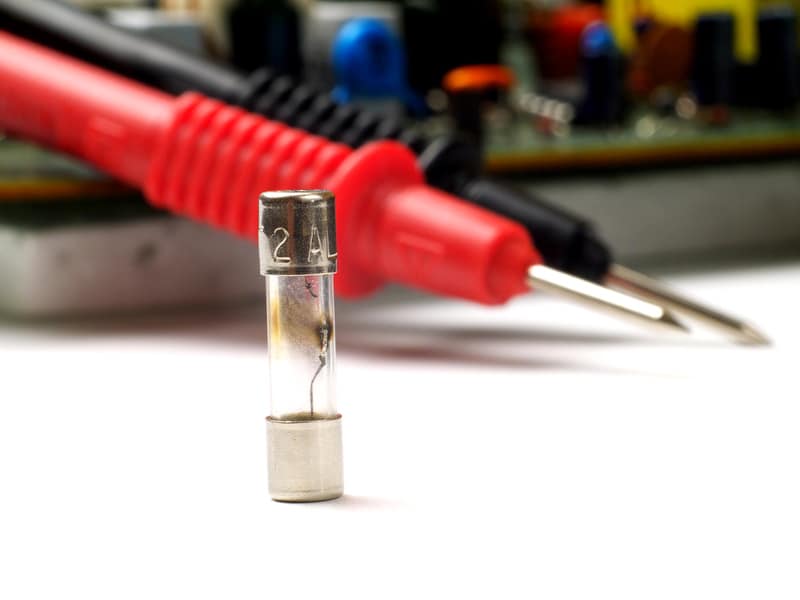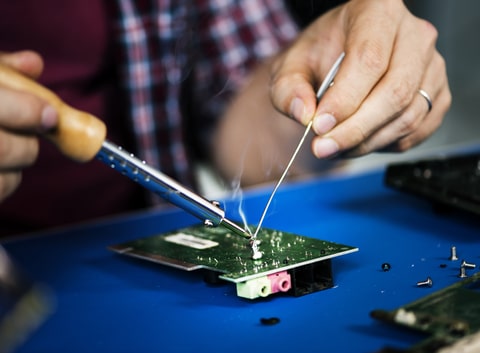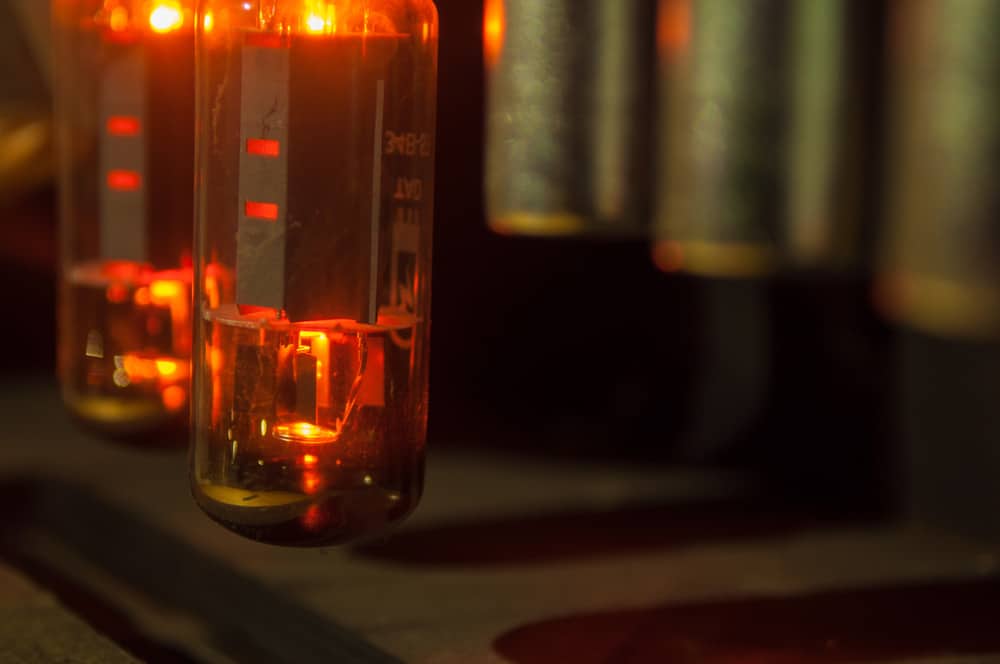
Just like the diverse variety in guitar brands, you can also find plenty of amp manufacturer companies that master the provision of reliable and durable guitar amps. One of these amps is the Crate Palomino V32, which has tons of interactive features and thus offers better output as compared to the other amps.
It’s not just the functionality and performance that the Crate Palomino V32 peaks at, but it is also remarkable in terms of design aesthetics. You can totally rely on this product to add more to your studio looks. However, just like any other equipment, it is not free of problems.
So if you intend on buying this amp, you must be aware of the issues that it carries with itself. In this article, we will address these problems and look for their promising solutions.
Crate Palomino V32 Problems
- Overheating
The Crate Palomino V32 has the biggest problem of overheating, where the unit gets excessively heated because of continuous use. Another reason that can overheat the amp is the short circuit on the wiring. The wires getting burnt can not only raise the heat, but it can also affect the other components of the system.
Therefore, whenever you sense more heat than normal, you should run a check on the wires and make sure they are in good condition. If not, you need to get them replaced as soon as possible.
Another thing that you need to take care of is that the amp should not be used for extended periods of time because it can lead to many more issues apart from overheating. Machinery needs some rest after hours of usage. Otherwise, it starts showing defects that then become difficult to fix.
Therefore, it is better to avoid further issues by dealing with the current ones appropriately.
- Signs Of A Dead Amp
Sometimes you hear no speaker hiss or hum at all, and the amp goes completely silent. It is confusing because it can be caused by any problem in the amp. However, the main culprits are a blown fuse, a bad tube, or a faulty power supply. You can start solving this problem by trying a new rectifier tube.
There is another way where you can plug in a guitar cable and turn up the volume of the amp. Move on to mastering the volume controls. It gives rise to loud noise. In another scenario, you might notice that the pilot light fails to get lit. Get rid of the bulb and run a test for continuity across the terminals of the bub where you use a beep function.
You will not see any continuity from a blown bulb. Get the bulb replaced with a new one. Sometimes you see no glow from any of the tubes, which means that there is something wrong with the power supply or the fuse is blown. Try changing the fuse and get the power supply fixed by a technician.
- Frequently Blown Fuses
The most irritating thing about Crate Palomino V32 is that it gets the fuses blown all the time. If you find yourself in the same situation and your amp is blowing fuses repeatedly, the first thing you should do is get a replacement for the fuse and then move on to the plugging of the amp into a light bulb current limiter. Turn the power on.
The limiter will ensure that the amp is powered up and protected from any more damages, including the fuse blowing, miswiring, and other defects. As soon as the bulb receives charge from the power transformer, the bulb goes bright, and then it slightly dims if the amp is healthy.
If the bulb continues to shine bright, it means that there is a problem and too much current is flowing, throwing the amp. It will eventually lead to a blown fuse. The limiter keeps the amp from blowing a fuse by keeping the flow of current low.
- Weird Noises
If you hear discontinuous noise from the amps, you should pull the first preamp tube and power it up. Check whether the noise is there or not. If you hear the noise, it means that as you pull the tube downstream, it gives rise to the noise. In that case, you need to power down and give the next tube a pull until there is no more noise.
The best way to get the problem identified is to wait a little while for the problem to occur and then use a freeze spray to cool down the solder joints and amp components. Most of the time, the spraying gets rid of the issue. If not, there are other causes behind the weird noise, including a bad tube, a microphonic tube, and dirt in the tube sockets.
The first step is to remove a bad tube. If more than one tube has gone bad, you can take them out one by one and replace them with the new ones in the meantime. When the noise is particularly rattling and buzzing in nature, it clearly signals at a microphonic tube.
You can further confirm it by making the connection between the amp and an extension cab. As soon as the internal speaker is disconnected, the noise goes away. Another way to get the identification of a noisy tube is to use a wooden pencil to tap the tubes and listen for the noise.
In another scenario, the use of a gloved hand in exerting light pressure on each tube can give you the faulty tube. Talking about the loose or dirty tube sockets, they can cause much more damage than just the noise and whooshing. They can prevent the transfer of signals because of the accumulation of dirt and poor connections.
Wiggle the tubes and listen for the noise. If you hear the pops, locate the tube’s pins and put some contact cleaner on them. Next, you need to insert them in the socket not just once but two or three times. The loose sockets must be tightened by using small braces so that there is a solid pin contact.
Sometimes the weird noise is caused by the vibration of the speaker’s baffle. In order to solve this issue, it is important to identify exactly the problem area. You can do so by asking someone to lightly pressurize the baffle board. If you can’t, just sit in the cab while playing.
If you want to have a verification about the cab issue, it is recommended to use a separate extension cab. When the noise sounds electric, it’s either the loose grounds or the tube arcing. The best way to locate an actual arc is to open the cassis and play the amp in the dark.





Move the 60 ohm bias resistor……..I’m going w / that fix after buying a small 4 in fan at Walmart…..I’ve located it on the bottom of the chassis to absorb heat and benefit from the fan…..